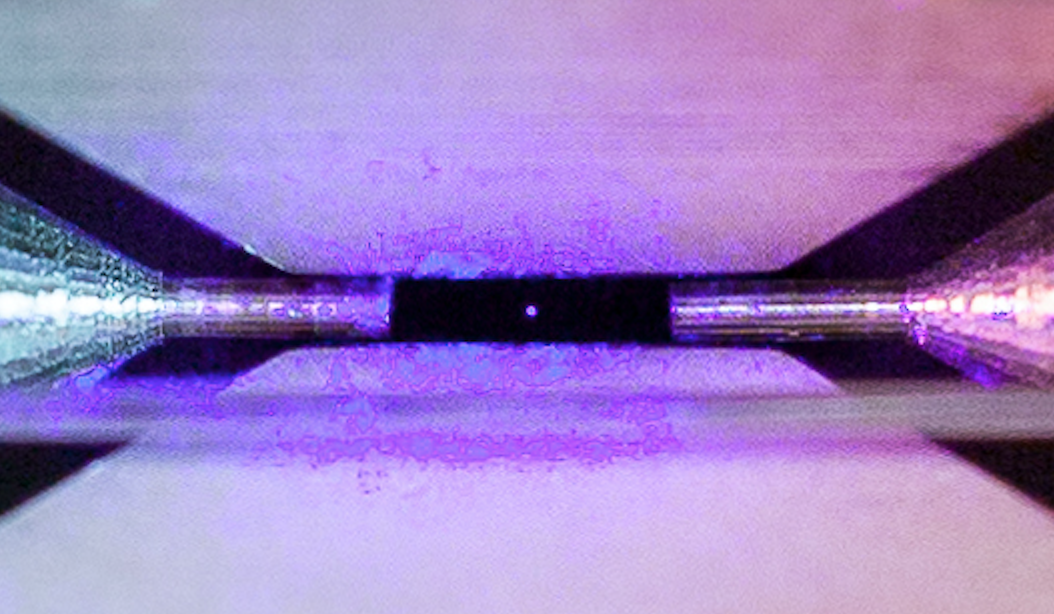Snake_Baker
The one true King of the North
- Apr 24, 2013
- 81,024
- 153,196
- AFL Club
- North Melbourne
- Other Teams
- Essendon Lawn Bowls Club
Follow along with the video below to see how to install our site as a web app on your home screen.
Note: This feature may not be available in some browsers.

 BigFooty AFLW Notice Img
BigFooty AFLW Notice Img
AFLW 2025 - AFLW Trade and Draft - All the player moves
Due to a number of factors, support for the current BigFooty mobile app has been discontinued. Your BigFooty login will no longer work on the Tapatalk or the BigFooty App - which is based on Tapatalk.
Apologies for any inconvenience. We will try to find a replacement.
Cheddar Man's remains had been unearthed 115 years ago in Gough's Cave, located in Somerset's Cheddar Gorge. Subsequent examination has shown that the man was short by today's standards - about 5ft 5in - and probably died in his early 20s.
Dark skinned and blue eyed , Cheddar Man is showing that early Britain wasnt as white as many think
A cutting-edge scientific analysis shows that a Briton from 10,000 years ago had dark brown skin and blue eyes.Researchers from London's Natural History Museum extracted DNA from Cheddar Man, Britain's oldest complete skeleton, which was discovered in 1903.University College London researchers then used the subsequent genome analysis for a facial reconstruction.
It underlines the fact that the lighter skin characteristic of modern Europeans is a relatively recent phenomenon.No prehistoric Briton of this age had previously had their genome analysed.As such, the analysis provides valuable new insights into the first people to resettle Britain after the last Ice Age.
No-one's entirely sure why pale skin evolved in these farmers, but their cereal-based diet was probably deficient in Vitamin D. This would have required agriculturalists to absorb this essential nutrient from sunlight through their skin.
And he was lactose intolerant.
Log in to remove this Banner Ad
Zoom in close on the centre of the picture above, and you can spot something you perhaps never thought you'd be able to see: A single atom.
This strontium atom is emitting light after being excited by a laser, and it's the winner of the UK's Engineering and Physical Sciences Research Council (EPSRC) photography award. The EPSRC announced the winners of its fifth annual contest yesterday. Winning photographer David Nadlinger, graduate student at the University of Oxford, was just excited to be able to show off his research.
"It's exciting to find a picture that resonates with other people that shows what I spend my days and nights working on," Nadlinger told me. The best part, to him, was "the opportunity to excite people about my research, more than winning a competition".
Nadlinger traps atoms as part of his research on quantum computing. The laser light causes the atom to emit photons, which could be collected using a longer exposure. He took the photo through a window into the vacuum of the ion trap.


The Big Kev of atoms.This strontium atom is emitting light after being excited by a laser

Scientists in Britain and the United States say they have engineered a plastic-eating enzyme that could one day help in the fight against pollution. The enzyme is able to digest polyethylene terephthalate, or PET — a form of plastic patented in the 1940s and now used in millions of tonnes of plastic bottles. PET plastics can persist in the environment for hundreds of years and currently pollute large areas of land and sea worldwide.

Hope they attack the Pacific Gyre firstAbout time!!! Plastic-eating enzyme holds promise in fighting pollution — scientists
This enzyme was discovered over two years ago, but these scientists have modified it to make it work faster
Plastic pollution is one of my pet hates, it adversely affects all life forms and it really is a stain on humanity
Enjoy living? Thank NASA.
Science delivers again!
Scientists have detected an unexpected rise in atmospheric levels of CFC-11, a chlorofluorocarbon (CFC) highly damaging to the ozone layer. Banned by the Montreal Protocol in 1987, CFC-11 was seen to be declining as expected but that fall has slowed down by 50% since 2012. Researchers say their evidence shows it's likely that new, illegal emissions of CFC-11 are coming from East Asia. These could hamper the recovery of the ozone hole and worsen climate change.
CFC-11 is also known as trichlorofluoromethane, and is one of a number of CFCs that were initially developed as refrigerants during the 1930s. They were also used as propellants in aerosol sprays and in solvents. However, it took many decades for scientists to discover that when CFCs break down in the atmosphere, they release chlorine atoms that are able to rapidly destroy ozone molecules.
Very sad: Humans make up one ten-thousandth of life on Earth, but have helped destroy 85% of wild mammals: study
I wonder how many of those extinct animal species will eventually be recreated using genetic engineering? (not dinosaurs!!)
We got to have dinosaurs. Need to find out what they taste like.Very sad: Humans make up one ten-thousandth of life on Earth, but have helped destroy 85% of wild mammals: study
I wonder how many of those extinct animal species will eventually be recreated using genetic engineering? (not dinosaurs!!)